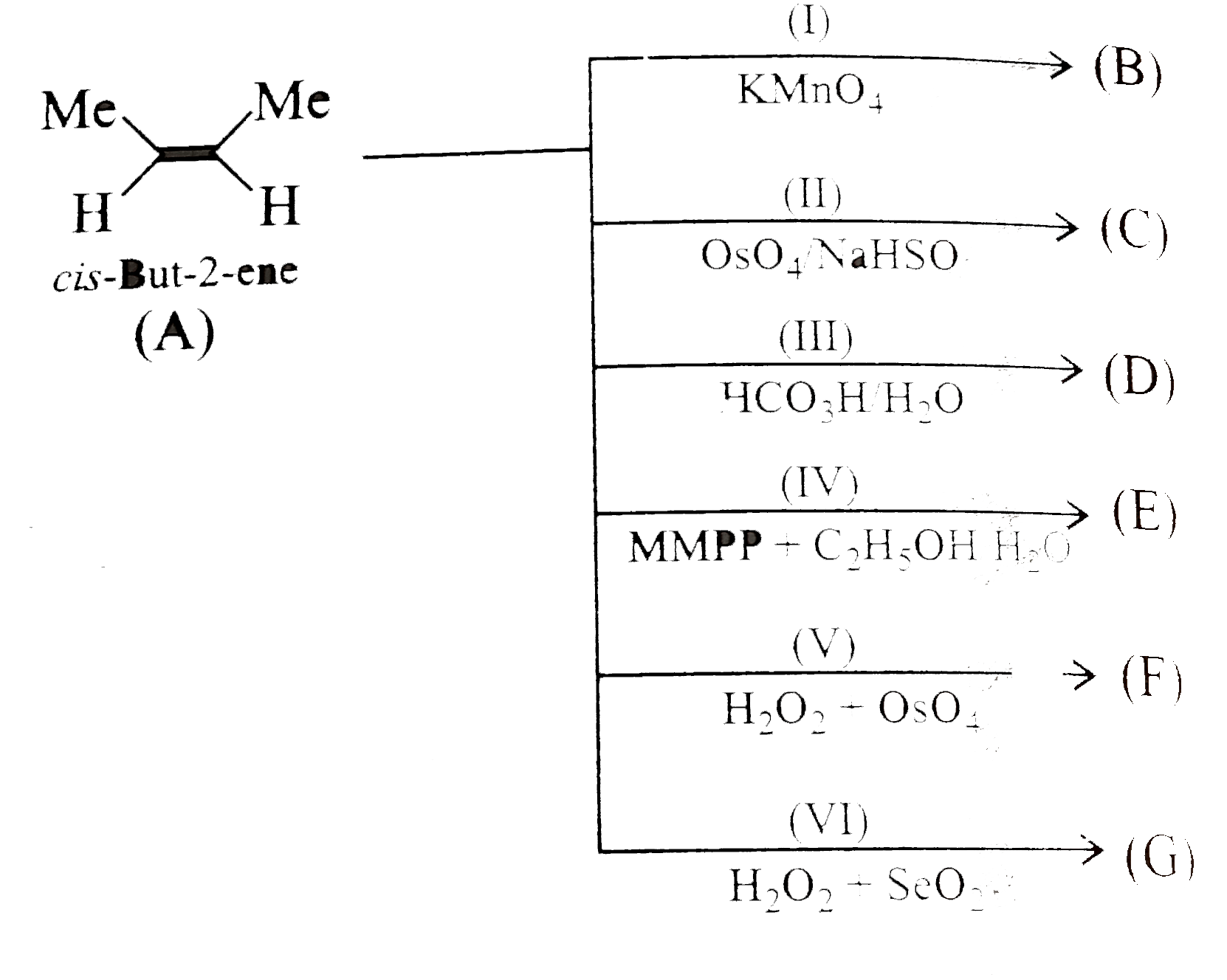Which of the following is cathodic reaction?
Fe2+→Fe3+
4OH−→2H2O+O2
2H2O→2OH++H2
2SO2−4→S2O2−6
The correct Answer is:C
To determine which of the given reactions is a cathodic reaction, we need to understand the definitions of oxidation and reduction in electrochemistry.
1. Understand Oxidation and Reduction:
- Oxidation is the process where a species loses electrons, resulting in an increase in oxidation state.
- Reduction is the process where a species gains electrons, resulting in a decrease in oxidation state.
- The cathode is the electrode where reduction occurs.
2. Analyze Each Option:
- Option 1: Iron (Fe) in +2 state converts to iron in +3 state.
- Reaction: Fe2+→Fe3++e−
- This shows that iron is losing an electron (oxidation). Therefore, this reaction occurs at the anode.
- Option 2: Hydroxide ions (OH⁻) produce water and oxygen.
- Reaction: 4OH−→2H2O+O2+4e−
- Here, hydroxide ions are losing electrons to form water and oxygen, indicating oxidation. However, in the context of the overall reaction, this is typically associated with the cathodic reaction in electrolysis.
- Option 3: Water produces hydroxide ions and hydrogen.
- Reaction: 2H2O→2OH−+H2+2e−
- This shows that water is losing electrons (oxidation), so this reaction occurs at the anode.
- Option 4: Sulfate ions (SO₄²⁻) convert to a different sulfate species.
- Reaction: 2SO2−4→S2O2−6+2e−
- This indicates that sulfate is losing electrons (oxidation), so this reaction occurs at the anode.
3. Conclusion:
- The only reaction that involves the gain of electrons (reduction) is Option 2, where hydroxide ions are involved. Thus, the cathodic reaction is Option 2.
Final Answer:
The cathodic reaction is Option 2.
- Oxidation is the process where a species loses electrons, resulting in an increase in oxidation state.
- Reduction is the process where a species gains electrons, resulting in a decrease in oxidation state.
- The cathode is the electrode where reduction occurs.
- Option 1: Iron (Fe) in +2 state converts to iron in +3 state.
- Reaction: Fe2+→Fe3++e−
- This shows that iron is losing an electron (oxidation). Therefore, this reaction occurs at the anode.
- Reaction: 4OH−→2H2O+O2+4e−
- Here, hydroxide ions are losing electrons to form water and oxygen, indicating oxidation. However, in the context of the overall reaction, this is typically associated with the cathodic reaction in electrolysis.
- Reaction: 2H2O→2OH−+H2+2e−
- This shows that water is losing electrons (oxidation), so this reaction occurs at the anode.
- Reaction: 2SO2−4→S2O2−6+2e−
- This indicates that sulfate is losing electrons (oxidation), so this reaction occurs at the anode.
- The only reaction that involves the gain of electrons (reduction) is Option 2, where hydroxide ions are involved. Thus, the cathodic reaction is Option 2.
The cathodic reaction is Option 2.
Similar Questions
Consider the following reactions :

Which of the following regioselective reactions ?
View SolutionConsider the following reactions :

Which of the following regioselective reactions ?
View SolutionWhich of the following is characteristic of the cathode in a voltaic cell?
View SolutionWhich of the following is not the property of a cathode rays
View SolutionWhich of the following is not the property of a cathode rays
View SolutionWhich of the following properies by cathode ray?
View SolutionWhich of the following is/are false regarding cathode rays?
View SolutionWhich of the following statement regarding cathode rays is not correct ?
View SolutionWhich of the following will not show deflection from the path on passing through an electric field?
Proton, cathode rays, electron, neutron.
View SolutionWhich of the following reactions occurs at the cathode?
View Solution
